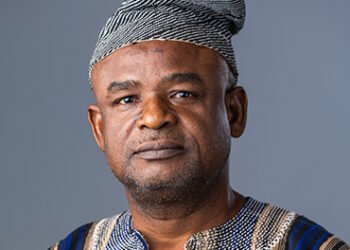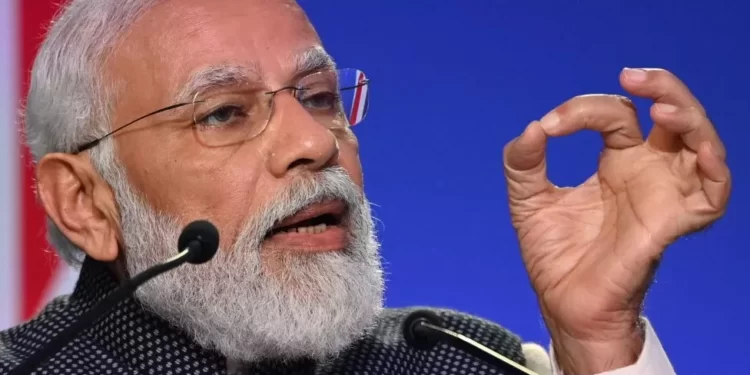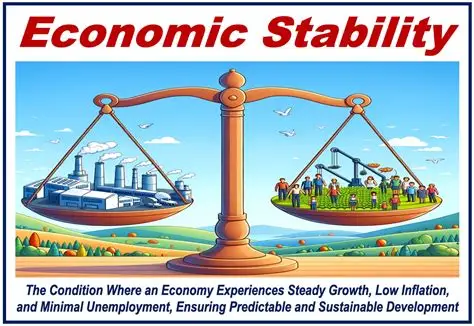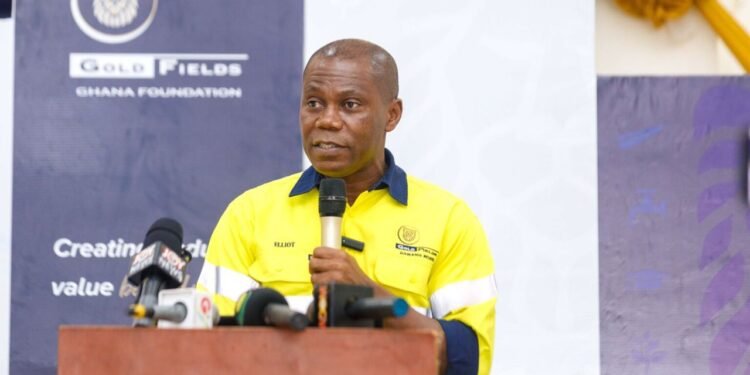The Gulf of Guinea is now very dangerous as it has become the topmost place that pirates operate on earth. Pirates take hostage of several sailors each year. The area is more dangerous than the Somali coast. This makes sea travel very dangerous across the Sub-Saharan region.
Meanwhile, Increasingly, bold kidnappers are creating fear around the sea lanes that traverse the Gulf of Guinea. This area facilitates trade between southern and western Africa. Also, it is a key route for valuable goods such as crude oil emanating from Angola and Nigeria.
According to the International Maritime Bureau (IMB), there were 135 maritime kidnappings recorded in 2020 . Of these numbers, 130 of them took place in the Gulf of Guinea. Much like the capture of Mozart, many of those kidnappings followed an increasingly dangerous script.
Recent pirate attacks
The container ship Mozart was more than 200 nautical miles off the Nigerian coast in January when the pirates struck out of nowhere. The pirates killed one crew member and 15 others were kidnapped.
“We see that the pirates are acting with greater impunity. They are spending more periods onboard vessels. In one case, they were on board a vessel for more than 24 hours, totally unchallenged”
IMB Director Michael Howlett.
Moreover, there is a surge in Piracy in the first quarter of 2021. Reports show that the Gulf of Guinea recorded more kidnappings in the first two months of 2021 alone. The cases recorded within these 3 months are higher than the entire first quarter of 2020.
Call on Regional bodies to address piracy
The menace has become very scary in recent times and requires urgent measures to address it. Earlier this week, Capt. Dr. Kamal-Deen Ali Rtd called on Regional bodies to act swiftly as piracy cases continue to surge in the Gulf of Guinea.

Dr. Kamal-Deen blamed improved methods of operation as one of the reasons why regional bodies are unable to combat and outwit these criminal organizations. The Executive Director of the Center for Maritime Law and Security (CEMLAWS) also blamed profitability and newer business modules as other causes of the surge.
He pointed out that as with every crime, once people allow it to fester, those involved in the crime will perfect it. According to him, the business module of the crime has brought more money to the actors. He explained that the pirates can organize themselves, get faster boats to conduct their activities.
Furthermore, he noted that piracy organization has demonstrated higher sophistication in terms of resources. They plan very well for hostage accommodation and negotiations.
“There are many players now involved in the business module of mass kidnapping aside from those who go on the sea. There are other levels of people. Those who keep moving the captives from one place to another. There are also negotiators who negotiate the ransom on the side of the pirates, among others”.
Initiatives to address the menace
However, Dr. Kamal Deen admitted to some regional efforts like the Yaoundé architecture for maritime security. Yet, he called on individual nations to be more proactive in the fight against piracy.
He also called on the government to support security agencies with funds for retooling and augmenting their capacities to address the issue. He explained that budgetary allocation remains very insufficient to match up strength and sophistication of pirates.
Dr. Kamal Deen urged the government of Nigeria to expedite action against piracy since most of the issues of piracy are generated within that jurisdiction.
However, Dr. Kamal Deen-Ali noted that the incidence of pirate attacks has continued to register its footprints in Ghana. He recommended that the same seriousness ought to be attached to combatting it locally. He urged the government to act swiftly because piracy poses a risk to lives. Also, increased piracy in the Gulf of Guinea means the cost of international trade in the sub-region would continue to rise.
The Executive Director for CEMLAWS called for strong collaboration between these international bodies and the African states in this fight.
READ ALSO: The footprints of FinTechs are visible- Dr. Addison























